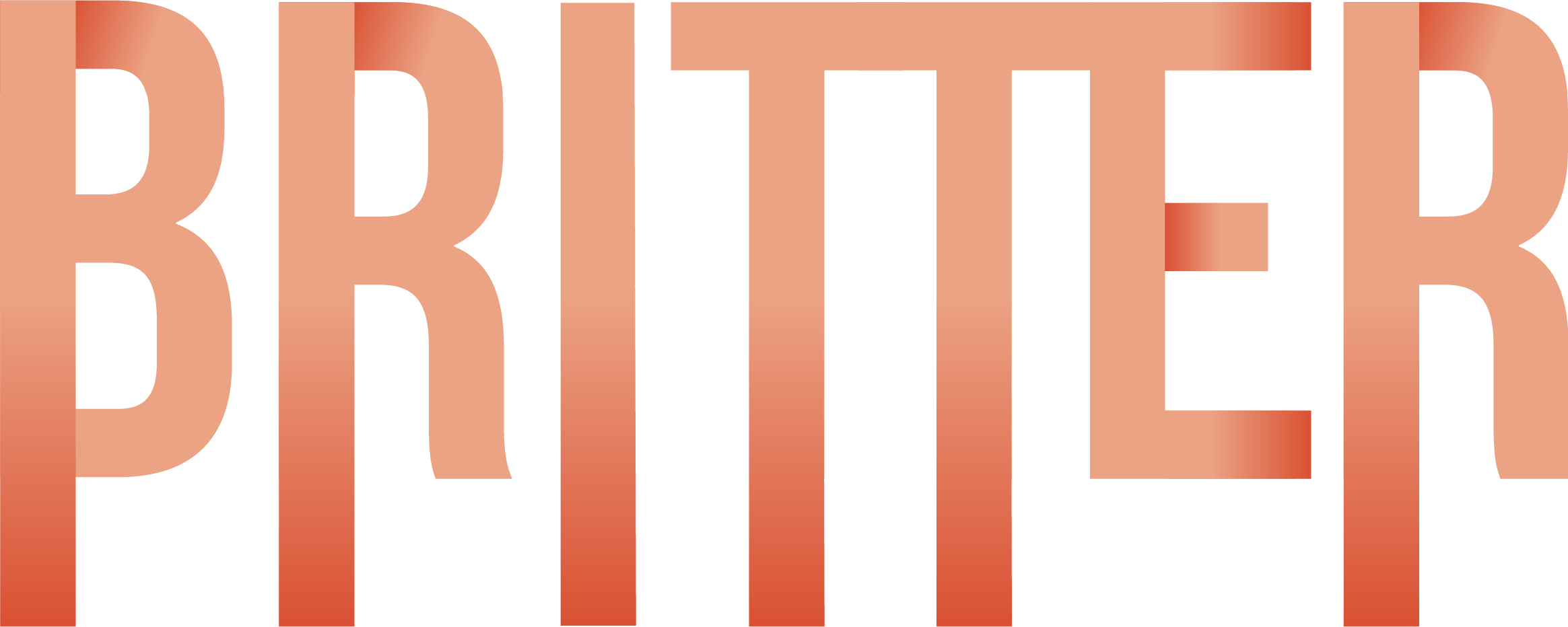MARTA Ticket Kiosk + Universal Design
Background
The persona, Mateo, needs a way to get around to grocery stores, football games, etc. independently. Having a visual impairment and being in a wheelchair limits his ability to drive and access public transportation.
Project Vision
To research and utilize universal design principles and ADA requirements in the creation of a more accessible MARTA ticket kiosk. A more inclusive UI design will be needed to make audio and visual features more accessible.
Storyboard
Mateo rolls up to the kiosk that protrudes from the wall and tilts the screen to suit his eye level. He notices that there is an audio feature, which is indicated by strategically placed braille. To pay, Mateo uses the braille keypad before receiving his MARTA ticket from the easy-access dispenser.
The previous user interface of MARTA ticket kiosks lacked order, simplicity, and hierarchy. Below is an outline of the remodeled UI, focusing on the three main user steps depicted in the storyboard above.
Select
Pay
Receive
After many iterations of the kiosk interface, form, and dimensions, I developed a refined concept sketch. This redesign improves upon the original kiosk with the addition of a tilting screen and a protruding body, which make it more accessible to wheelchair users and the visually impaired. The tilting screen can adjust to avoid glare for users of any height. The protruding body allows wheelchair users to roll up underneath it so they are close enough to use its features.
Takeaways
This project, while brief, opened my eyes to the world of universal design. Now, when I create personas and conduct user-testing, I have a greater understanding of potential user groups, ICF models, and universal design principles.
